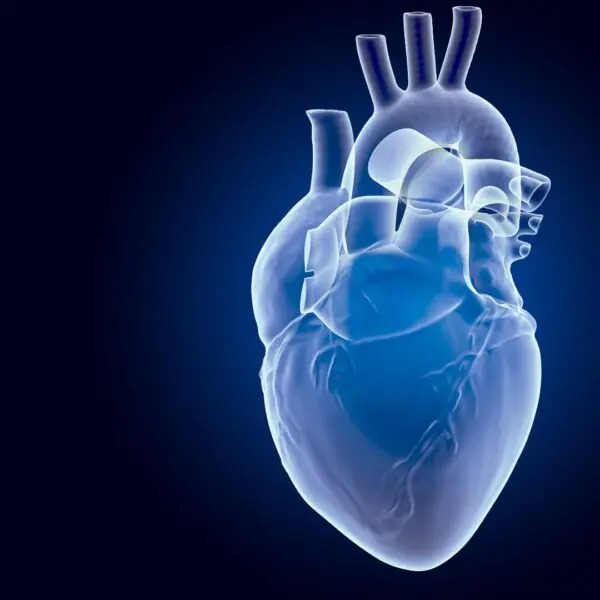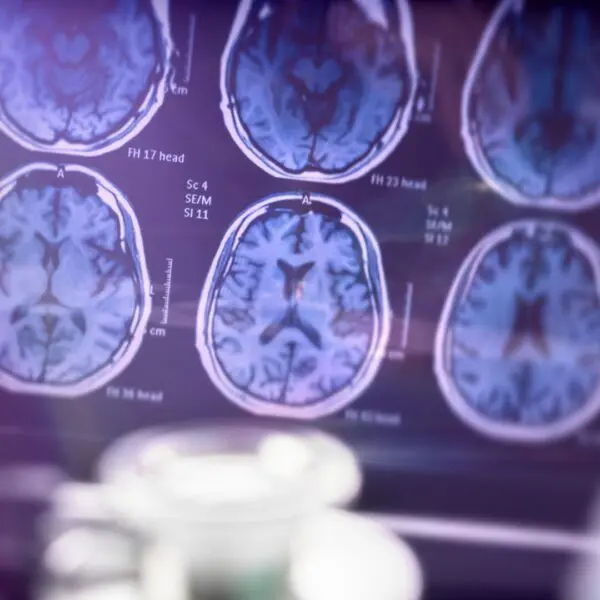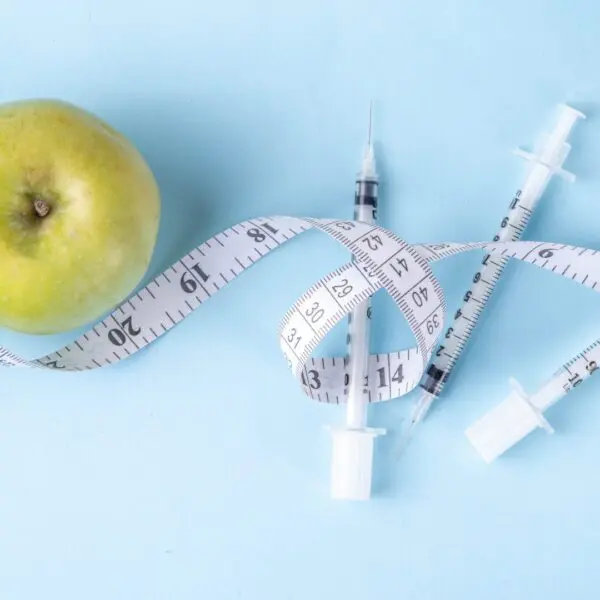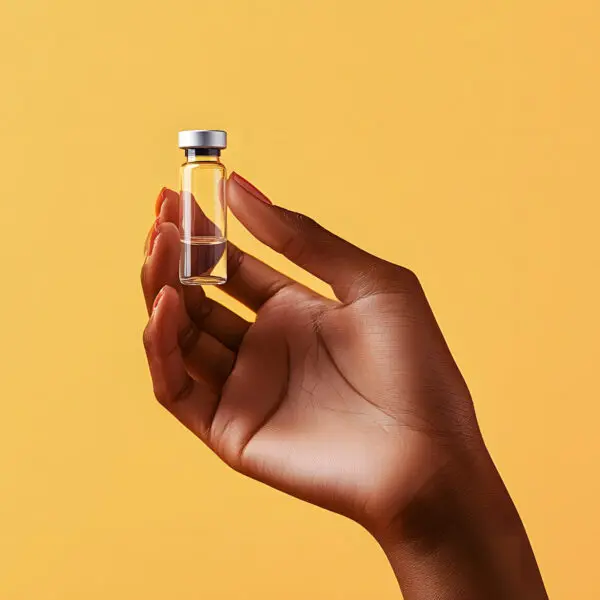Sexual wellness treatments have evolved significantly in recent years. The Cupid and Venus shots, which we trademarked, are much different than the typical P and O shots used. The P-Shot (Priapus Shot) and O-Shot (Orgasm Shot) utilize platelet-rich plasma (PRP) and represent innovative approaches to addressing sexual health concerns for men and women.
Traditional PRP Treatments: An Overview
Platelet-rich plasma (PRP) injections have been used to treat sexual dysfunction. The P-Shot targets erectile dysfunction in men, potentially improving erection strength and duration by enhancing blood flow to the penis. Additionally, the P-Shot may aid in sexual function recovery following prostate surgery. For women, the O-Shot addresses issues like low libido, orgasmic difficulties, and vaginal dryness. It is also used to treat stress urinary incontinence and for vaginal rejuvenation purposes.
A Scientific Breakthrough: Bone Marrow Aspirate (BMA)
Our approach goes beyond traditional PRP treatments. We have made significant advancements by borrowing knowledge and science from regenerative cell therapy. We utilize an advanced method using bone marrow aspirate (BMA) in place of PRP, using both centrifuged and non-centrifuged BMA. In addition, we will use our proprietary platelet lysate derived from bone marrow aspirate.
Why BMA Outperforms PRP
Bone marrow aspirate offers several key advantages over traditional PRP:
- Contains a more diverse range of regenerative cells
- Includes mesenchymal stem/stromal cells
- Provides superior angiogenic potential (crucial for improving blood flow)
- Offers more sustained regenerative effects
While both BMA and PRP contain growth factors, BMA tends to have higher concentrations of factors like VEGF and bFGF, which are essential for tissue regeneration. Stromal cells have a significantly better chance of producing new blood vessels than platelets. While platelets play a role in the early stages of wound healing and can release growth factors that promote angiogenesis, their involvement in new blood vessel formation is limited and indirect.
Stromal Cells: The Regeneration Powerhouse
Stromal cells, particularly mesenchymal stromal cells (MSCs), demonstrate remarkable regenerative capabilities:
- Directly promote angiogenesis
- Secrete pro-angiogenic factors like VEGF
- Can differentiate into multiple cell types
- Directly interact with endothelial cells, promoting their growth and organization into vessel-like structures, creating a regenerative vascular niche environment
- Provide long-term tissue maintenance and repair
- Provide physical support, nutrients, and growth factors (influences the phenotype and behavior of endothelial cells)
Understanding Vascular Regeneration
In treating erectile dysfunction (ED), two critical processes play a vital role:
- Vasculogenesis: Formation of new blood vessels
- Angiogenesis: Creation of new blood vessels from existing ones
Angiogenesis is crucial for improving blood flow to the penis and has been shown to help restore erectile function in various animal models of ED. Treatments like low-intensity shockwave therapy (LiSWT) and specific growth factor therapies aim to stimulate angiogenesis in the penis. Key angiogenic factors such as Vascular Endothelial Growth Factor (VEGF) and Angiopoietin-1 (Ang1) have been extensively studied for their role in promoting angiogenesis in ED treatment.
Comparing Treatment Options: PRP vs. BMAC
When considering specific treatments, both platelet-rich plasma (PRP) and bone marrow aspirate concentrate (BMAC) have shown potential benefits for treating ED, particularly vasculogenic ED. However, BMAC has some advantages over PRP. BMAC contains not only platelets but also a variety of other powerful cells, including stem cells, which have significant anti-inflammatory properties and can differentiate into different cell types. This could be particularly beneficial for tissue regeneration in the penis. While PRP and BMAC contain growth factors, BMAC has a more diverse profile of growth factors, cytokines, and chemokines, potentially providing a more comprehensive approach to tissue repair and regeneration. Both treatments can promote angiogenesis, but the stem cells in BMAC may have a more potent and sustained effect on promoting new blood vessel formation.
Some studies suggest that the impact of BMAC may be longer-lasting compared to PRP, potentially due to the presence of stem cells that can continue to influence tissue repair over time. Interestingly, there’s evidence that combining PRP with BMAC may have synergistic effects, with PRP acting as a rich culture medium for the stem cells in BMAC. This combination could provide better outcomes than either treatment alone.
The Power of Stem Cells in Regeneration
The other unique aspect of the Cupid and Venus shot includes a lysate produced from bone marrow aspirate. Lysates derived from BMAs will likely release more growth factors than lysates from other platelets alone. This is primarily due to stem cells’ diverse growth factor profile, particularly mesenchymal stem cells (MSCs), known for their ability to secrete various growth factors and cytokines into the circulation.
Bone marrow lysate contains numerous bioactive factors crucial in other cells’ growth, differentiation, and maintenance. Our proprietary lysate process offers unique benefits:
- Faster production (approximately one hour process)
- Higher concentration of growth factors
- Rich in exosomes and microparticles
- Contains specialized growth factors like Epidermal Growth Factor (EGF), Fibroblast Growth Factor (FGF), and Nerve Growth Factor (NGF)
The comprehensive cellular approach of our Cupid and Venus shots sets a new standard in regenerative sexual wellness treatments, offering unparalleled therapeutic potential.
-Dr. P
*Disclaimer: The Cupid and Venus Shot are registered trademarks of Joe Purita, MD, and the Institute of Regenerative Medicine. Unauthorized use is prohibited by law.
















